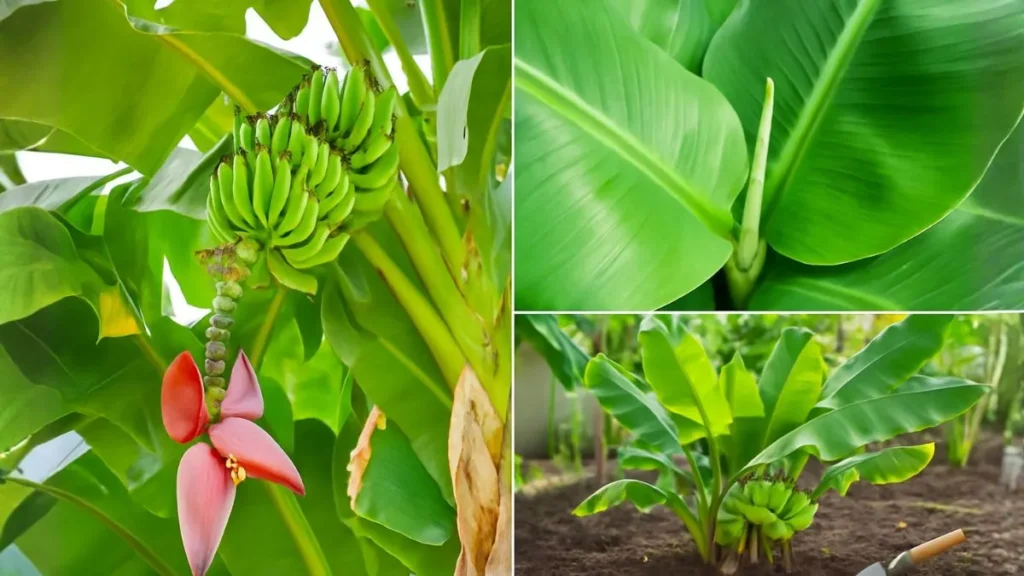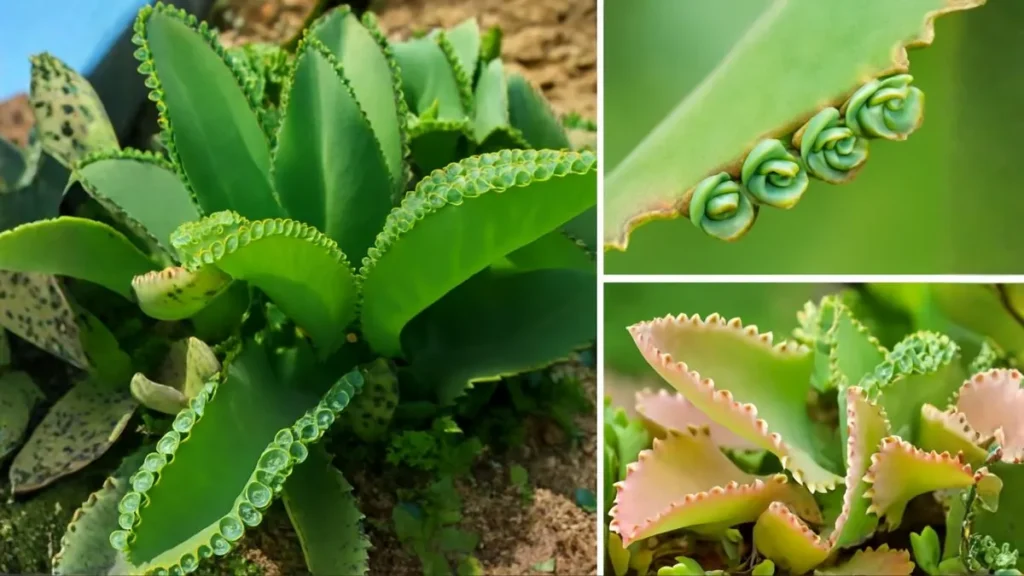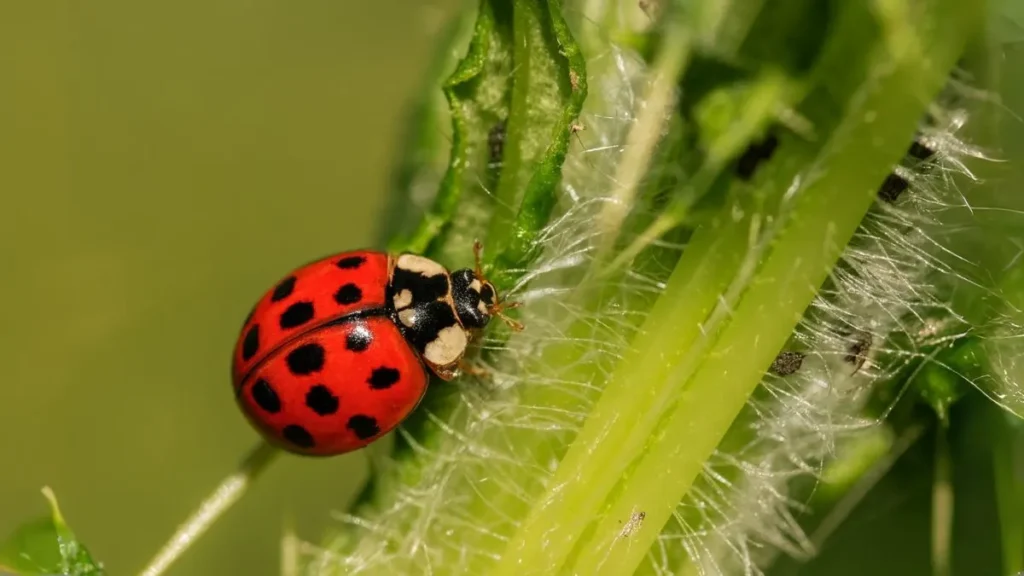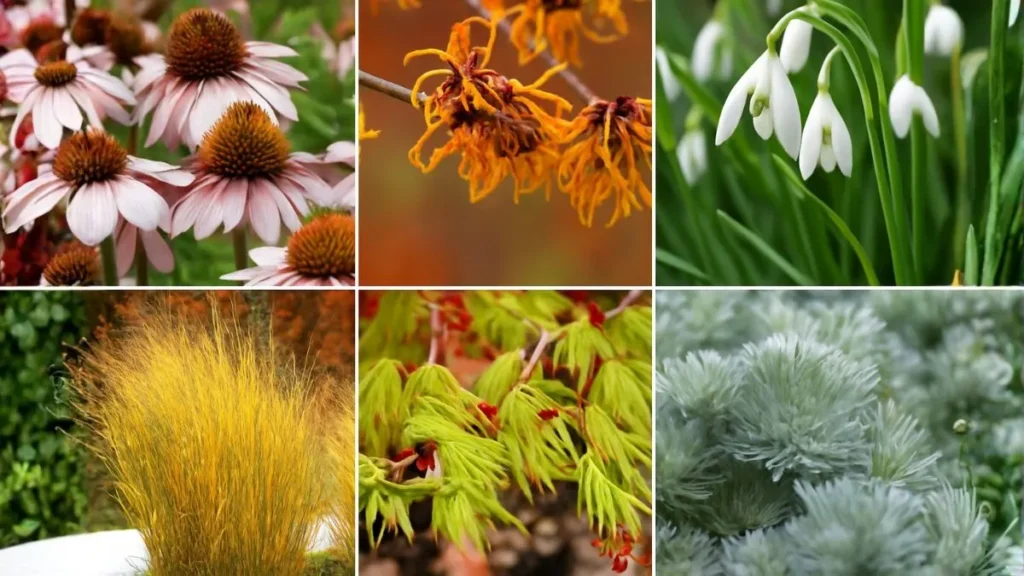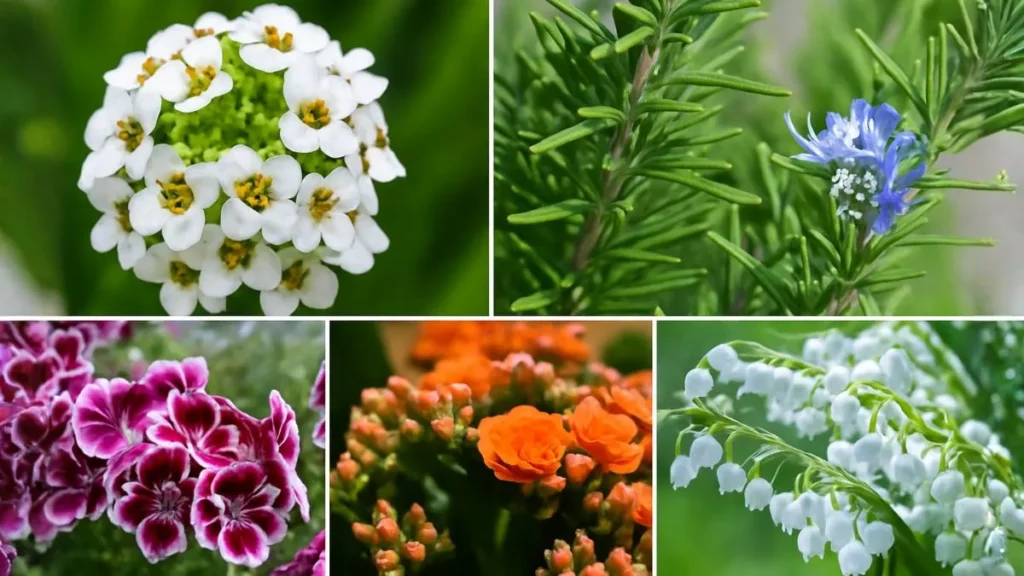Every gardener has faced this frustration—you water your plants in the morning, and by the afternoon, the soil feels bone dry again. This not only stresses your plants but can also reduce yields in vegetables, cause flowers to wilt prematurely, and weaken fruit trees.
So, why does this happen? The main reasons are:
- Sandy soil that doesn’t hold moisture well
- Lack of organic matter to bind water
- Too much direct sun and high heat
- Compacted soil that prevents proper absorption
- Shallow watering habits that only wet the surface
The good news is that with a few proven strategies, you can improve soil health, retain more moisture, and give your plants the hydration they need to thrive.
Step 1: Build Soil Health with Organic Matter
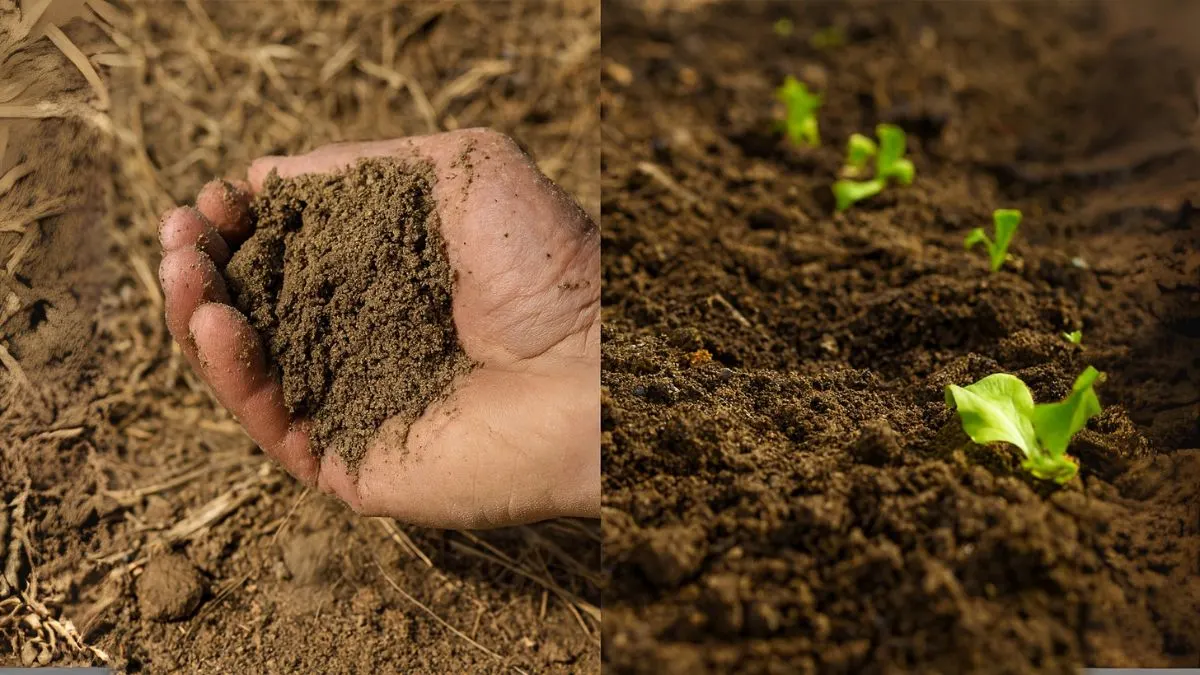
The foundation of moisture-retentive soil lies in improving its structure. The best way is to incorporate organic matter like compost and rotted manure to improve water retention.
Organic matter acts like a sponge, holding water while still allowing air to reach plant roots. It also improves soil fertility, providing essential nutrients. Over time, this practice transforms sandy or clay-heavy soil into a balanced, loamy mix that’s ideal for gardening.
In my own raised beds, adding compost cut down the frequency of watering by half. My tomatoes, which used to droop during peak summer, stayed perky and productive much longer.
Other great options include:
- Leaf mold
- Worm castings
- Well-rotted kitchen scraps
This simple step makes a huge difference in retaining soil moisture.
Step 2: Mulching for Moisture
One of the easiest yet most effective strategies is covering it with a blanket of mulch. Applying a 2–3 inch layer of straw, shredded bark, or leaf litter shields it from the sun, keeps roots cool, and prevents rapid evaporation.
Simply put, mulch can help with retaining soil moisture while also reducing weed growth. Weeds compete with your plants for both water and nutrients, so keeping them under control is another bonus.
I use straw mulch in my vegetable beds and shredded bark around perennials. The difference is dramatic—plants stay hydrated longer, and the soil remains soft instead of crusty.
Also Read: Tillandsia (Air Plants): The Indoor Plant That Needs No Soil
Step 3: Mastering Watering Techniques
Many gardeners unknowingly water incorrectly. Light daily sprinkling encourages shallow roots, which makes plants more vulnerable to dry spells. Instead, always ensure consistent, deep watering.
Here’s how:
- Water slowly so that moisture penetrates deeper layers.
- Target the base of plants instead of spraying leaves.
- Water less frequently but more thoroughly.
For example, instead of watering lettuce lightly every day, I switched to soaking the soil deeply twice a week. The plants grew stronger, with deeper roots that could access moisture even in hot weather.
Step 4: Auto-Irrigation Solutions
If you have a larger garden or live in a hot climate, watering by hand may not be enough. Setting up a system to use some sort of auto-irrigation can be a game changer.
Options include:
- Drip irrigation, which delivers water directly to plant roots
- Soaker hoses, which seep water evenly into the soil
- Smart irrigation timers that automate schedules
These systems not only save time but also minimize water wastage through evaporation. Even if you’re away for a weekend, your plants stay hydrated.
When I installed a drip line in my raised beds, the difference was immediate—healthier plants and fewer wilted leaves.
Step 5: Correcting Soil Imbalances
Sometimes, water retention issues aren’t just about dryness—they’re about soil chemistry and structure. If your soil is overly acidic, compacted, or imbalanced, plants can’t absorb water efficiently.
In such cases, it helps to apply hydrated lime to the soil. This balances pH levels, reduces acidity, and improves its texture so roots can access both nutrients and moisture more easily.
However, don’t add lime without testing your soil first. Many gardens won’t need it, but in areas with naturally acidic soil, this adjustment can be transformative.
Also Read: Why Soap Belongs in Your Garden, Not Just Your Bathroom
Quick Fixes for Different Garden Areas
Here’s a simple reference table for common garden problems:
Garden Area |
Problem |
Solution |
Vegetable Beds |
Soil dries out too quickly |
Incorporate organic matter like compost and rotted manure to improve water retention |
Flower Beds |
Wilting plants in summer |
Covering it with a blanket of mulch + deep watering |
Lawns |
Patchy, dry spots |
Use some sort of auto-irrigation system like sprinklers or drip hoses |
Acidic Soils |
Poor water absorption |
Apply hydrated lime to the soil |
Personal Experience
I used to struggle with sandy soil that dried out within hours. My cucumbers and beans constantly looked thirsty. Once I began to incorporate organic matter like compost and rotted manure to improve water retention, everything changed. Adding a thick mulch layer and installing a simple soaker hose system reduced my daily watering workload.
Now, even during the hottest weeks of summer, I only need to water every 4–5 days, and my plants remain healthy and productive.
Dry soil doesn’t mean a failing garden—it just means that it needs a little help. By using practical methods such as adding compost, covering it with a blanket of mulch, learning to ensure consistent, deep watering, and setting up to use some sort of auto-irrigation system, you can transform weak, dry soil into a thriving growing medium. And when necessary, you can even apply hydrated lime to the soil to correct pH and improve absorption.
Healthy, water-retentive soil equals healthy plants. Once you make these improvements, you’ll spend less time watering and more time enjoying a lush, productive garden.
👉 Next time you notice the soil in your garden drying out too fast, try these strategies—you’ll be amazed at how quickly your plants bounce back.
